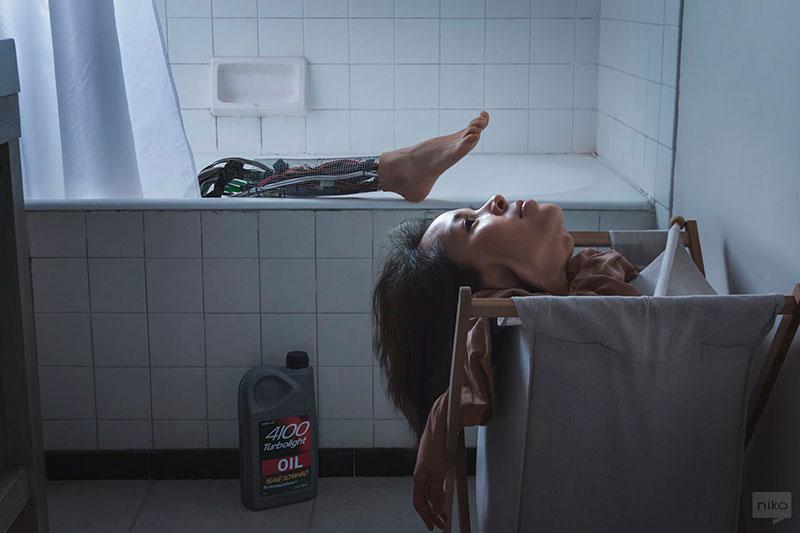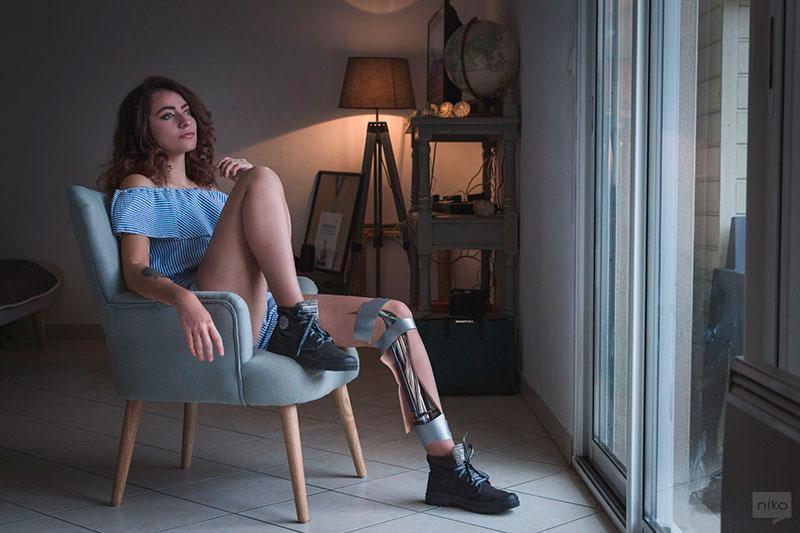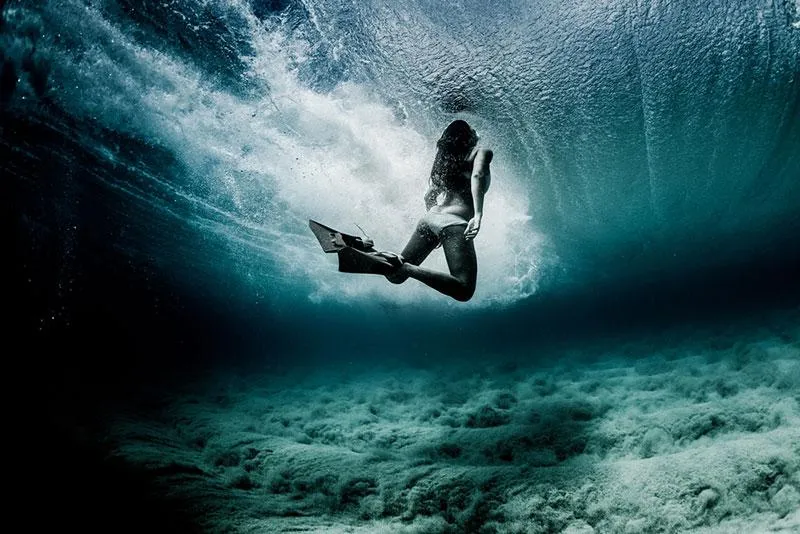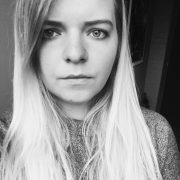Niko Photographisme: Welcome to the Future
In a dystopian world, surely everyone imagines we’re surrounded by robots. Or are we part robots ourselves? Niko Photographisme explores transhumanism and robotics in his work, paying attention to meticulous details to show us a little peek into the future.
Using household items, Niko creates intricate systems that later fit in with human body parts to show us something new – a world where AI takes over. Is this what we might look like in the future? Find out more about Niko Photographisme, his inspiration, work process and thoughts on photography on our not so distant future.

Niko, tell us a little bit about yourself and your creative pursuits.
I am Nicolas Bigot, professional UX/UI designer in Brittany (France). I create images as an amateur photographer under the pseudonym Niko Photographisme.
I work mainly on surrealist, offbeat or funny compositions based on real shots supported, when necessary, by photomanipulation (Photoshop).
I consider photography as a playground for my imagination. Digital photography and retouching as well as photomanipulation offer me a great freedom of creation.

Can you describe that moment (experience, emotion, situation) when you knew that photography was something you had to do? How did digital arts play into this?
Photography came to me during my studies in industrial design, when I discovered Adobe tools. I tinkered images on Photoshop CS3 but I was soon limited because I didn’t have original images to work with. So I started taking pictures myself. I wanted to create impossible visuals, to represent non-existent things. I wanted to propose something different, without limit in the feasibility. I really approached the photo through the photo editing but as a means and not as an end in itself. Good photo manipulation without a story is a bad photography. The photography is my way of expression.

What kinds of ideas and concepts are you interested in exploring with your works?
I’m a fan of sci-fi, fantasy or horror movies, I have seen the theme of robotics as something interesting to work from the very beginning. First of all visually because you can get striking things while trying to stay credible. Credibility and realism are two notions that I pursue constantly. That’s why I have never worked on more abstract compositions of pure “digital art”.
Then in the background, it is a way to illustrate the themes of appearances, perception and evolution. These are three main guidelines of my research.
Besides, I also like working on other themes such as lightness, escape or creatures of all kinds, often in natural scenery. Here again we often find a relation to appearances and abilities, which can be hidden, supernatural, fantasized, exaggerated, etc.
Overall, seeing someone similar as us in appearance but with something else behind the body really fascinates me and worries me at the same time.

What is your creative process for creating complex images such as the ones in the series ‘The Robot Next Door’? Do you have any ‘the making of’ series behind your projects?
I prepare a lot before the session, I look for ideas and models to embody them. I think about the making, how to do things as simply as possible, do the most during photo shoots. Then I build mechanical parts with washing machine parts, pipes, electrical wires etc. everything I can find.
The day of the session I take shots with the model with good poses and attitudes in real scenery.
Then I take pictures of the mechanical props, at the same place, with the lighting and the appropriate orientations.
After the session I edit with Photoshop the selected photos. This part can be take between 2 and 5 hours per photo. I try to work on details as much as possible to make the whole thing credible.
Finally, I develop with Lightroom to ensure consistency across all photos in the series.
I made some making-of little videos, to show how I proceed. I don’t know if it could help. There is one videon on ‘the making of’ on Behance.

It’s fascinating that you built the mechanical parts yourself. How did you go about creating this ‘mechanical anatomy’ of the robots?
About the mechanical anatomy – at the beginning it depended on what I found. Then, over time I improved my props to have better shape or size compared to the human body. It’s really basic and home made. I attach some wires, pipes or hydraulic cylinder. I think it’s more visual than realistic face to the human anatomy. But it could work, approximately 🙂

What do you hope the viewers take away from this particular project?
Good question. At the beginning I worked on this series like my previous works, just with pleasure and I try to tell some stories. Before the little success of the project “The Robot Next Door”, my works was really discreet, not lots of views on the web. So I just hoped that people can see what I do, nothing more. But today I can consider a bit more. I hope viewers understand and share my fascination and my worries about transhumanism, robotics and artificial intelligence. Which bends will our societies take with that? Will we be able to distinguish between humans, augmented humans and robots? What consequences will these technologies have for our businesses, our lives, our relationships? Lots of questions!

As beautiful as the images are, they’re also a bit haunting from the ‘Robot Next Door’ series. What inspired you for this series?
Like I said before, there are two main ideas in the serie: robotic/technology and appearance. I tried to merge them. The robot topic is not new and is constant in movies, books etc. I knew that I can’t create something absolutely never seen before. I just wanted to show “regular (robotic) people” in regular slices of life. The daily life is a good inspiration too! About the prop design, at the very beginning I thought about the movie “Ex machina” but I tried to leave this reference because I didn’t want to copy. Then I had not a conscious inspiration. I build my own mechanical parts with what I can found and I try to make something nice but I know it’s not necessarily credible. I think a robotic engineer will laugh a lot when he looks at my robots!

Where do you usually seek inspiration and what are the 3 things inspiring your work right now?
First, I don’t seek inspiration for the themes I want to do. They come to me, in my daily life. It can be an experience, an observation during a trip or on my way to work. It’s just after I can seek inspiration for more details, to imagine the set-up, the full stories etc. I can check everything on the web. For now, I think I mainly use Pinterest and Behance.
The 3 things inspiring my work right now? Westworld (for the robotic topic), social networks (for appearance topic and human behavior) and summer (for my other project “Beach Playground”)!

How long would you guess you spend on average editing a photo? Is this your favorite part of the process?
It’s variable. I can spend between 2 and 5 hours. I try to make everything that could help during the photo shooting, to simplify the post-production. But there always are surprises or unexpected things. There are three parts during the process to make a image: the preparation/planning, the photo shooting and the post-production. I think they are three equal phases and I like each of the parts. The two first are exciting because I talk about ideas with models and we meet, we share a short moment during the shooting. I’m very shy so it’s a really good exercise! After that, I like to be in front of my computer ready to put every piece right and try to finish the cleanest image as possible.

Could you share with us one of your favorite editing tools or tips?
I don’t’ know if it’s my favorite but it’s most useful for me: polygonal lasso tool ! You can’t do anything without clipping. I’m old school, I still use a mouse with a feather at 0,3px. Later I use a layer mask with the edge selection of my object and I blur the edge with the blur tool (intensity 50%). Like that, edges are softer and every element are perfectly merge.

What have you learned so far from being a photographer and an artist?
I learned to be more confident. Like I said I’m shy and contact people for a collaboration with my own ideas is not easy. I have to explain and convince models to work with me. And I want them to understand and accept my projects. We can share our own visions to improve results. I talk a lot before and during the shooting because we work on unreal stuff. It’s teamwork so everybody has to be ok with what we have to do! In the same way, I learn to be confident when I explain what I have in mind when the images are done, whenever I tell stories.

What kind of ideas and topics would you like to develop and explore in your works in the future?
At this moment I don’t know yet. I certainly keep robots in mind because I love it! I don’t have lot of time with my family life and my job so I try to focus on one or two projects at the same time.

Do you have any tips for aspiring photographers and digital artists?
I not considering myself as a master! So give tips to others is a bit presumptuous. But if I have to, I can advise to be patient and humble. There are so many photographers and digital artists on the planet that you have to consider you will not be unique and over the top. But you have to make the cleanest and smartest work to convince viewers.
To see more works and projects by Niko Photographisme, visit his personal website, Facebook, Behance or Instagram.








